
Homepage: https://academic.oup.com/zoolinnean
Blog: https://www.linnean.org/news/categories/the-paper-trail
Crayfish rely heavily on chemical & mechanical senses, using their antennae & antennules to do so. Here, 1526 specimens from 93 species were studied, finding cave-dwelling species had longer antennae! 🌍 🧪 🦐
doi.org/10.1093/zool...

Crayfish rely heavily on chemical & mechanical senses, using their antennae & antennules to do so. Here, 1526 specimens from 93 species were studied, finding cave-dwelling species had longer antennae! 🌍 🧪 🦐
doi.org/10.1093/zool...
Aphodiini (dung beetles) are important decomposers & comprise ~2,200 species, yet are still a bit of a mystery. Here, their molecular phylogeny is reconstructed to explore the evolutionary history of their nesting behaviour & body size! 🧪 🌍 💩
doi.org/10.1093/zool...

Aphodiini (dung beetles) are important decomposers & comprise ~2,200 species, yet are still a bit of a mystery. Here, their molecular phylogeny is reconstructed to explore the evolutionary history of their nesting behaviour & body size! 🧪 🌍 💩
doi.org/10.1093/zool...
doi.org/10.1093/zool...
@linneansociety.bsky.social

doi.org/10.1093/zool...
@linneansociety.bsky.social
academic.oup.com/zoolinnean/p...

academic.oup.com/zoolinnean/p...
An ornithological mystery 180 years in the making has finally been solved, as the skin of the final (reliably known) female Great Auk has been recovered from the Natural History Museum of Cincinnati! 🌍🧪👇
doi.org/10.1093/zool...
#FossilFriday! #MAFSUK


An ornithological mystery 180 years in the making has finally been solved, as the skin of the final (reliably known) female Great Auk has been recovered from the Natural History Museum of Cincinnati! 🌍🧪👇
doi.org/10.1093/zool...
#FossilFriday! #MAFSUK

doi.org/10.1093/zool...


doi.org/10.1093/zool...



doi.org/10.1093/zool...


doi.org/10.1093/zool...
Smile and wave boys, smile and wave...🌍 🧪 🐧
doi.org/10.1093/zool...


Smile and wave boys, smile and wave...🌍 🧪 🐧
doi.org/10.1093/zool...
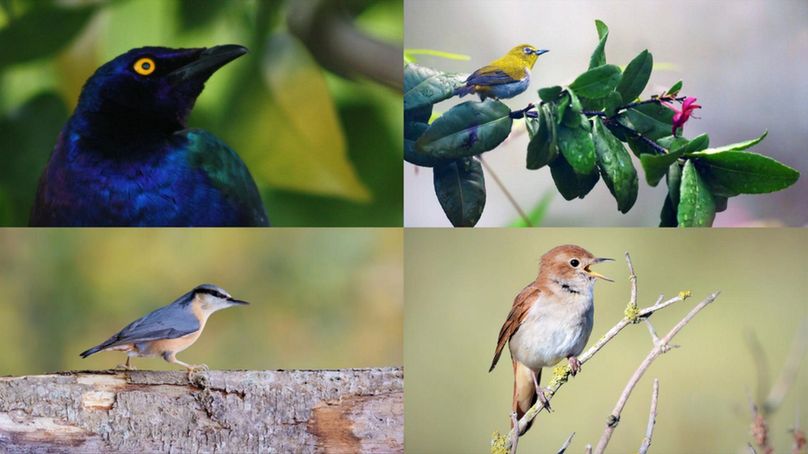


doi.org/10.1093/zool...
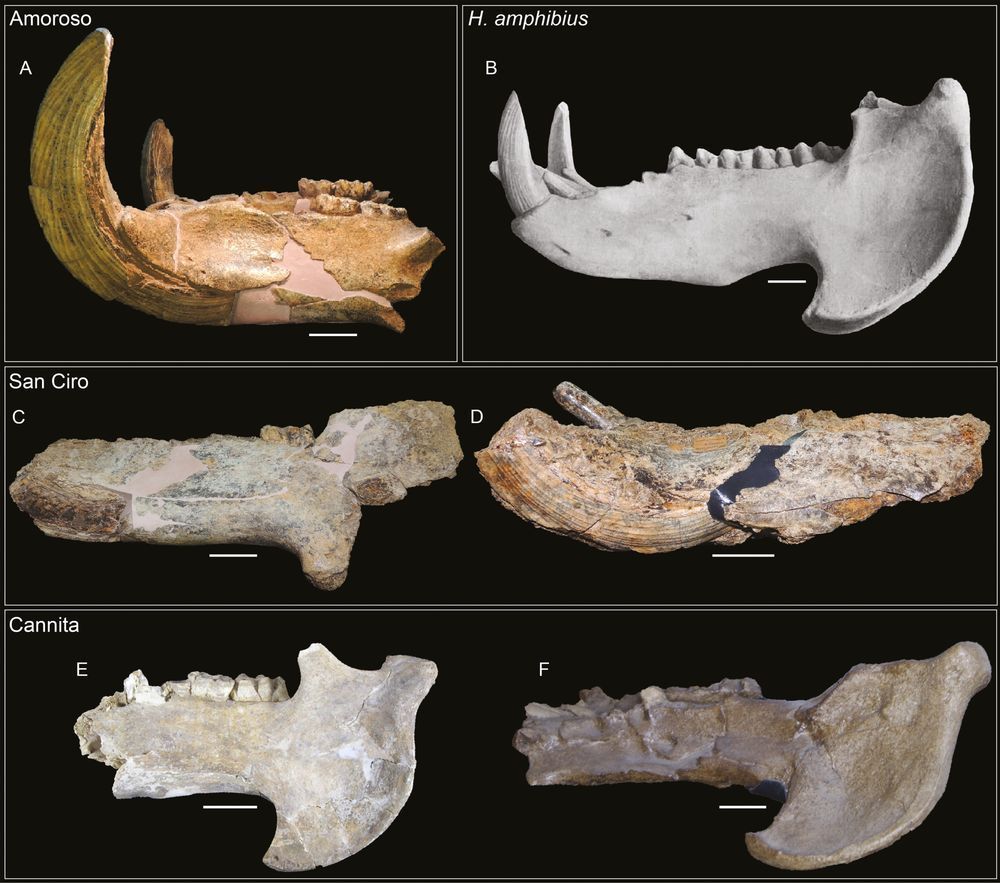
doi.org/10.1093/zool...
@linneansociety.bsky.social
@cefafalopodo.bsky.social
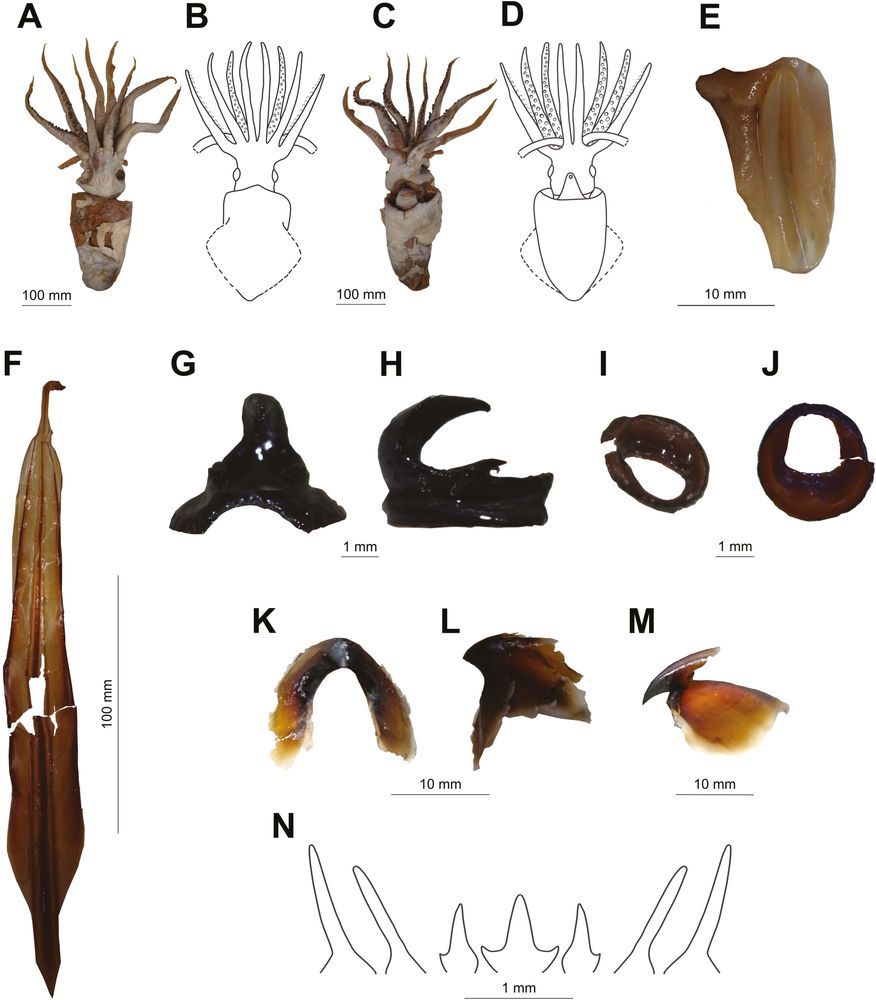
@linneansociety.bsky.social
@cefafalopodo.bsky.social
academic.oup.com/zoolinnean/a...
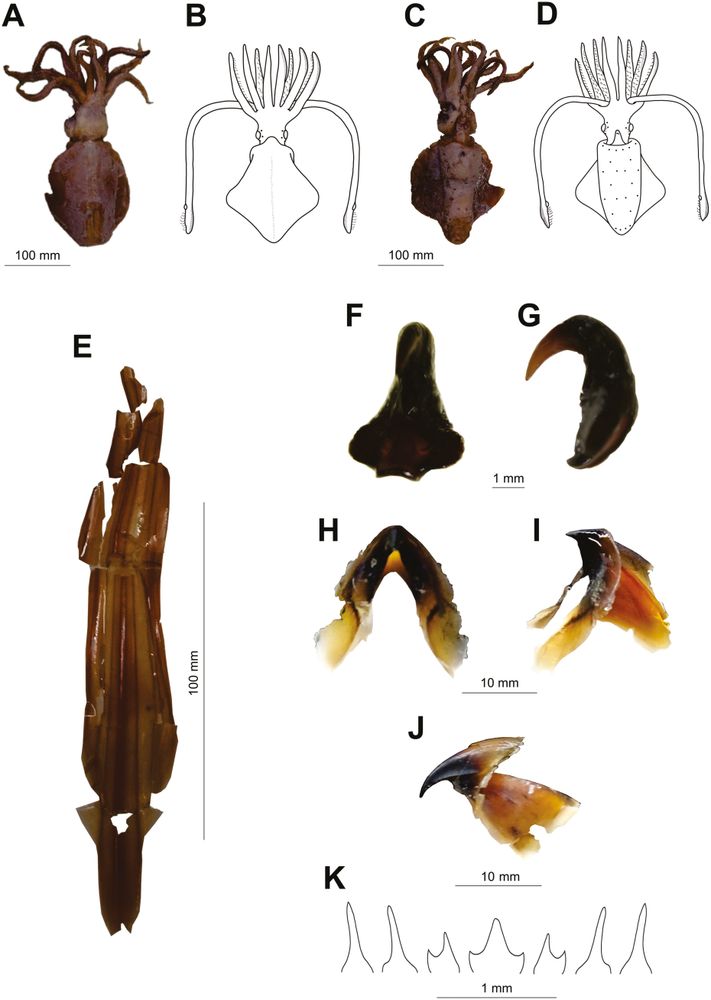
academic.oup.com/zoolinnean/a...
doi.org/10.1093/zool...
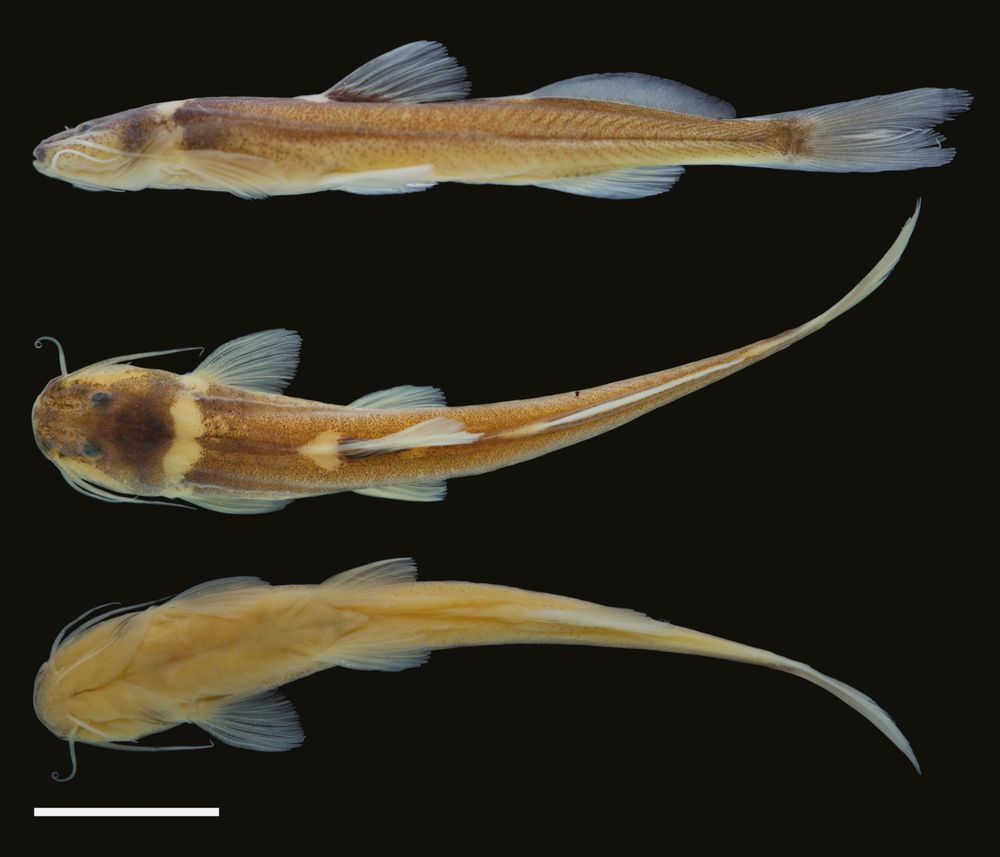
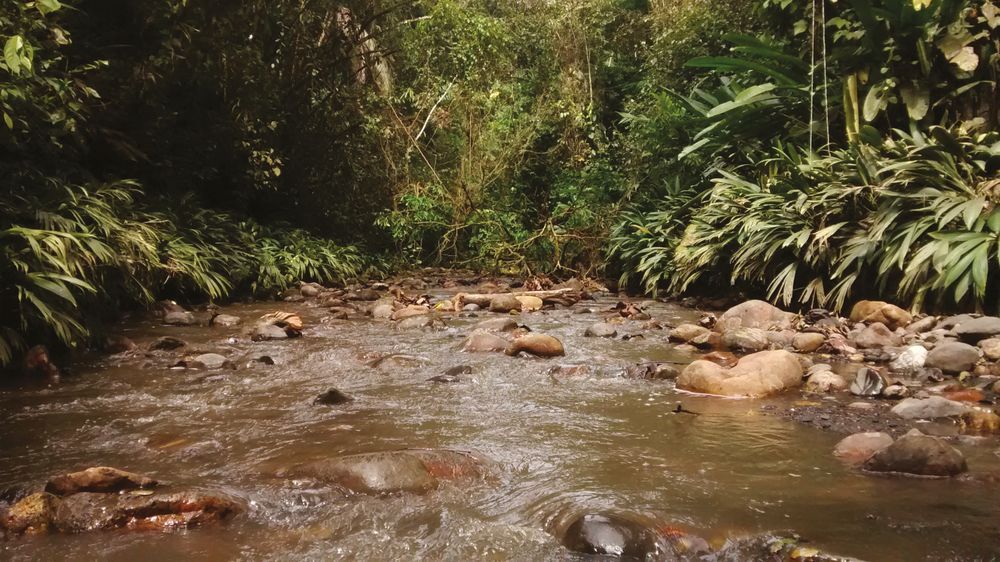
doi.org/10.1093/zool...
doi.org/10.1093/zool...
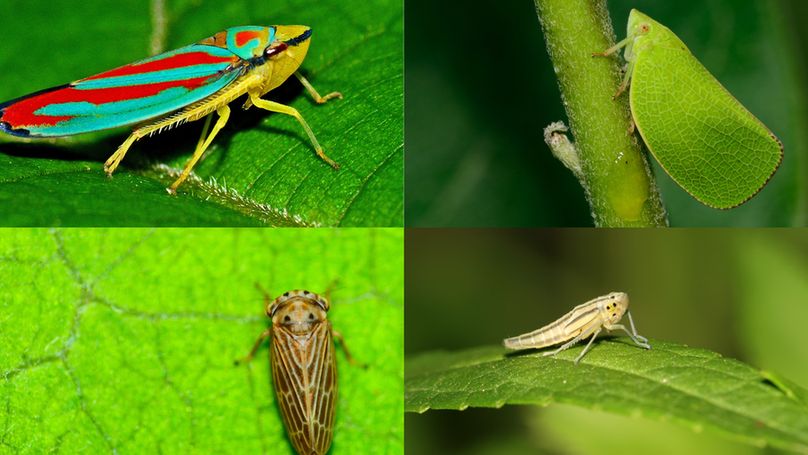
doi.org/10.1093/zool...
A ribbiting read 👇🐸🌍🧪
academic.oup.com/zoolinnean/a...

A ribbiting read 👇🐸🌍🧪
academic.oup.com/zoolinnean/a...
academic.oup.com/zoolinnean/a...
@linneansociety.bsky.social
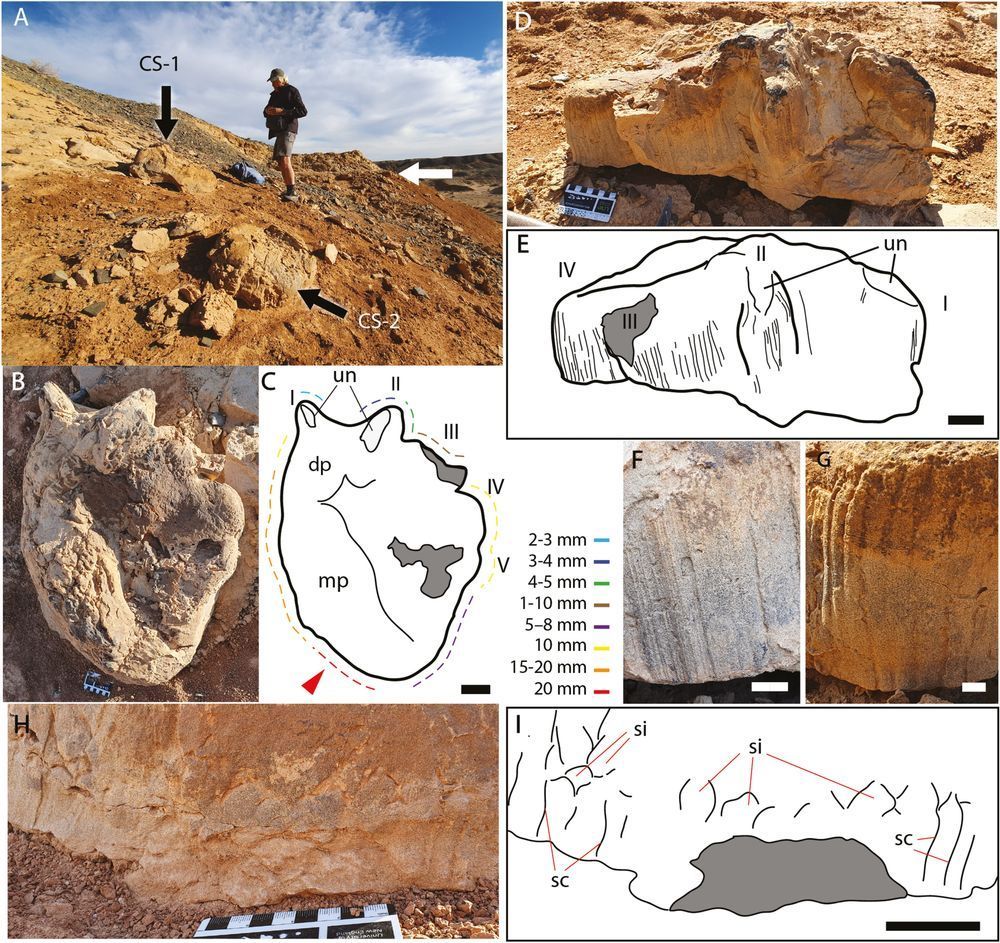

academic.oup.com/zoolinnean/a...
@linneansociety.bsky.social

academic.oup.com/zoo...

academic.oup.com/zoo...



